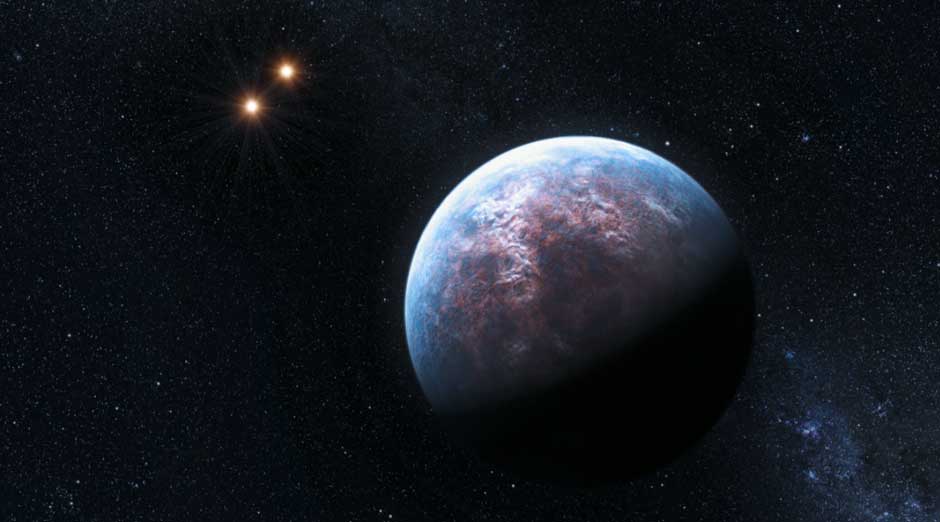It’s hard to believe that about 30 years ago, scientists did not have any concrete proof of the existence of planets beyond our solar system. However, rapid advancements in technology and scientific research have enabled the discovery of more than 5,300 exoplanets, which are alien worlds waiting to be explored. Initially, these planets were mostly large gas giants, but scientists have increasingly uncovered smaller, Earth-like exoplanets. To date, over 50 exoplanets with masses similar to Earth and over 800 planets with radii less than half that of Earth have been identified. Despite this, only a few such planets orbit within the habitable zone where life-sustaining conditions exist.
The Gliese 667 System: A Potential Candidate for Earth 2.0
The Gliese 667 system is a triple star system located about 23 light-years from Earth and the first known example of a system where a low-mass star has multiple potentially habitable rocky planets orbiting within its Goldilocks Zone. Scientists have identified Gliese 667 C as an M-type red dwarf, holding a surprisingly rich planetary system. At first, scientists only thought there were three exoplanets orbiting Gliese 667 C, but after revisiting existing data and making additional observations, they discovered there may actually be six planets in the planetary system, with three or even four of them being potentially habitable Super-Earths.
The Three Potentially Habitable Planets of Gliese 667 System
The three potentially habitable planets in the Gliese 667 system are all located relatively away from their host star, and they all have masses between one and five times that of Earth, making them great candidates for habitability. The closest planet to the star, Gliese 667 Cb, is too hot, making planets Gliese 667 Cc, Gliese 667 Ce, and Gliese 667 Cf more likely to support life. Gliese 667 Cc is the most similar to Earth in terms of mass, surface temperature, and energy output.
Challenges Life May Face on Gliese 667 Cc
Despite being located in a habitable zone, factors such as fluctuating and low light, potential high atmospheric pressure, intense bursts of radiation, energetic particles, strong magnetism, potential frequent flares and Gliese 667 Cc’s higher mass results in a different gravitational acceleration, making a person weighing 75 kg on Earth weigh as much as 120 kg on Gliese 667 Cc. These are issues that life forms on Gliese 667 Cc may have to adapt.
Conclusion: Hope for the Future
The discovery of densely packed planetary systems around M-dwarf stars, such as Gliese 667 C, points to the presence of numerous populations of planetary systems with potentially habitable planets, thereby increasing the likelihood of Earth 2.0 candidates. As new and advanced telescopes are being developed, our ability to uncover the mysteries of the universe is growing at an exponential rate. Scientists can now focus on one star to find multiple Earth 2.0 candidates, and the Gliese 667 system may unveil more answers about the nature and diversity of exoplanets. The possibilities are endless, and the future of space exploration is very much alive.

